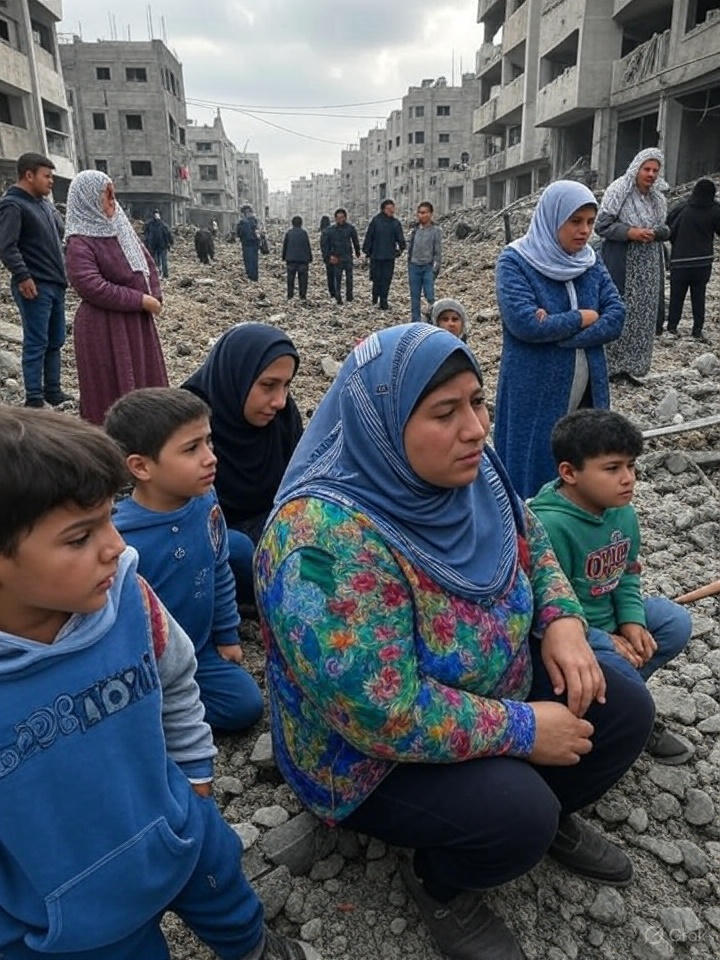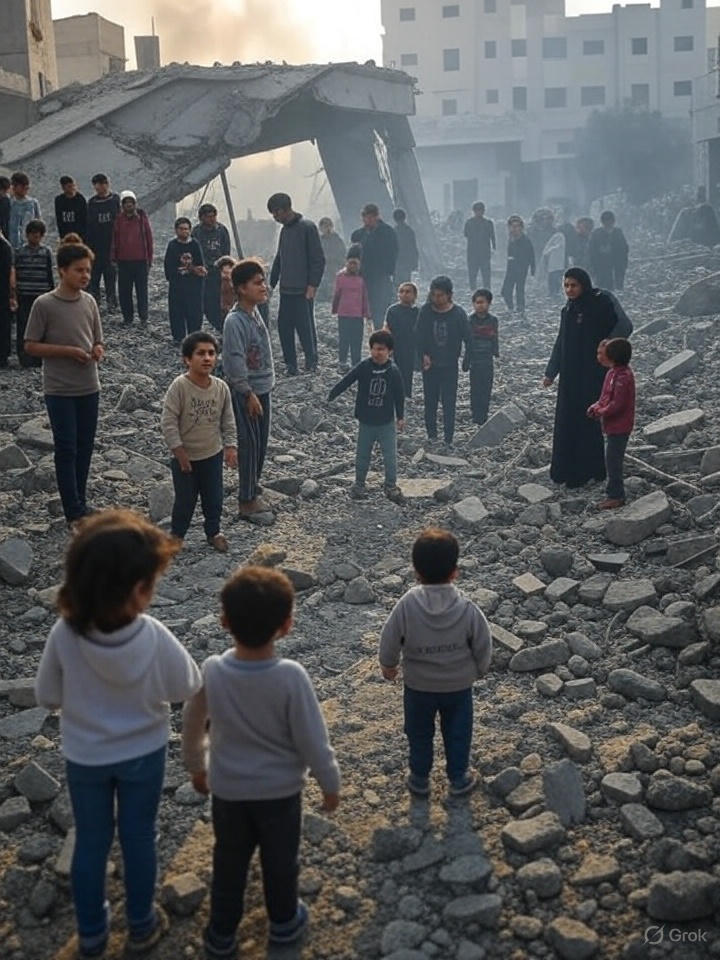Mass Shootings of Aid Seekers
On July 12, Israeli forces reportedly shot and killed 31 Palestinians near an aid distribution point run by the Gaza Humanitarian Foundation (GHF) in Rafah, as they waited for food aid . Witnesses and medical sources described unarmed civilians being fired upon while seeking sustenance, and over 100 others were wounded, many with gunshot injuries noted by Red Cross personnel .
This event is part of a disturbing pattern: since late May, UN agencies have recorded nearly 800 deaths at food hubs and along aid routes, with over 600 near GHF sites .
Airstrike on Water Collection Point
On July 13, an Israeli airstrike hit a water distribution point in the Nuseirat refugee camp, killing at least 10 Palestinians, including six children who were queueing for water (The Guardian).
The IDF acknowledged the strike, attributing it to a “technical error” in their munition, stating it landed dozens of meters off-target while intending to hit a militant from Islamic Jihad (The Washington Post).
Overall Casualty Toll
In just 24 hours, at least 59 Palestinians were killed: 31 shot by troops, and 28 killed in airstrikes in Deir al‑Balah, Khan Younis, and other areas—among them four children (AP News). Broader UN figures suggest rising malnutrition among children and over 90 deaths in a single day of airstrikes and restricted aid (AP News).
Humanitarian City Proposal Delayed
Amid escalating civilian casualties, Israel proposed building a “humanitarian city” in southern Gaza near Rafah, intended to house up to 600,000 displaced Palestinians under international supervision (Reuters).
However, the plan has been met with resistance from the IDF, citing serious logistical, operational, legal, and financial challenges, estimating costs up to US $4.5 billion, and warning that diverting forces could compromise military objectives . Critics, including former Prime Minister Ehud Olmert and the UN, have raised concerns about forced displacement, ethnic cleansing, and inadequate planning (The Guardian).

Broader Context
- The GHF has been criticized as a “militarized aid mechanism”, with UN and human rights groups calling its distribution zones “death traps” due to frequent lethal incidents along aid routes (Financial Times).
- The humanitarian catastrophe deepens as malnutrition nearly doubles among children under five—reaching over 10% acutely malnourished—while only about 69 aid trucks enter Gaza daily, far below needs (AP News).
- Ceasefire negotiations remain stalled as both sides clash over terms. Civilians continue to bear the brunt of this impasse .
Summary
Recent events underscore a dire humanitarian crisis in Gaza: dozens of civilians, including many children, were killed—some while awaiting food or water. A flawed IDF strike on a water point, coupled with lethal shootings at aid sites, has triggered international condemnation. Meanwhile, proposed solutions like the “humanitarian city” encounter significant military, legal, and ethical barriers. With mounting malnutrition, dwindling aid, and stalled ceasefire talks, Gaza confronts a humanitarian catastrophe that intensifies with each day of conflict.

